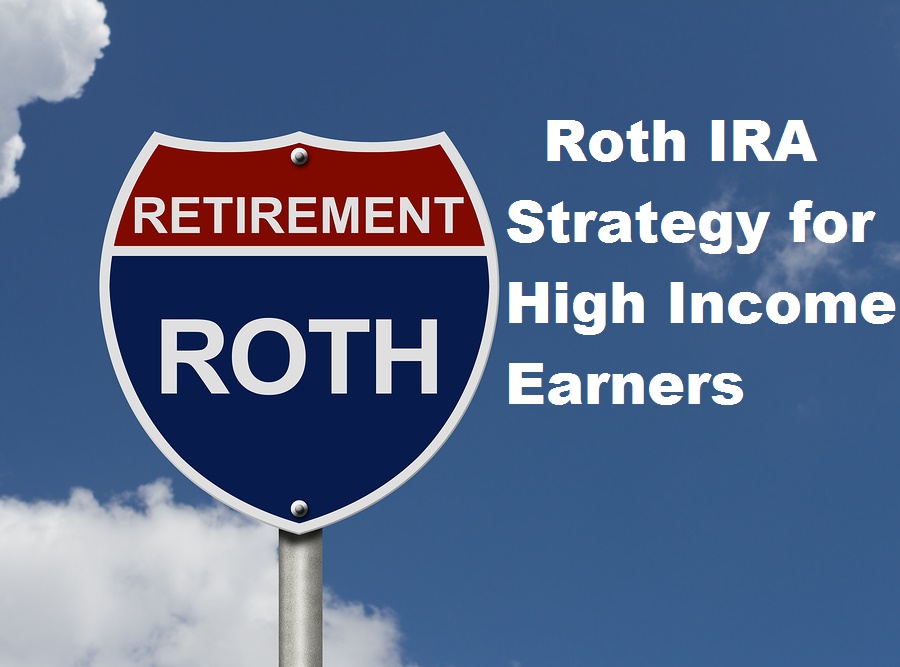
High income earners are often excluded from the tax-free retirement benefits of a Roth IRA, but you may be able to work around it.
________________________________________________________________________
Perhaps you’ve heard about how great a ROTH IRA is: You put your money in an account and it grows tax free and when you take the money out at retirement time you get it all tax free. Awesome, right? Zero percent is a good tax rate. But if you’re in a high income bracket (see the chart below), you’re not eligible to contribute to a ROTH. But there may be a way around that for you. It’s called a ROTH IRA conversion. Here’s how it works:
Even though your income may prevent you from making a ROTH IRA contribution, there is no income limit for a Traditional IRA contribution. This is important—there is no income limit to making a Traditional IRA contribution. There are income limits as to whether it is deductible or not—but no limits as to your ability to make an IRA contribution.
For example: let’s say you earn $200,000 a year and you have a 401(k) plan at work. You can’t make a ROTH IRA contribution and you can’t have a deductible Traditional IRA contribution either. What you can do is make “non-deductible” contribution to a traditional IRA.
A non-deductible contribution to an IRA pretty much does the same thing as a ROTH—it grows tax free and at retirement it you can take it out tax free. The problem with the non-deductible IRA is that when you take it out, you take it out proportionately with your taxable IRA money.
For example: let’s say you have $20,000 on non-deductible IRA invested and another $80,000 in a traditional IRA that you rolled over from your 401(k) account for a total of $100,000 in IRA funds. You want to take the $20,000 of non-taxable money out. You can’t do it. If you take $20,000 out, the IRS is going to tax $16,000 of it because the non-taxable money comes out proportionately to the taxable money.
(Geek time: 20K + 80K = 100K
20K divided by 100K = .2 or 20 percent
$20,000 times 20% = $4,000 that is tax free
$20,000 – $4,000 = $16,000 taxable IRA)
So this is where the ROTH IRA conversion comes in. If you don’t have any money in a traditional IRA yet, then you can take that non-deductible IRA and convert it to a ROTH IRA with no tax consequences. There are currently no income limitations on doing a ROTH IRA conversion.
If you convert your money into a ROTH IRA, then when you want to take that money out—you’re taking it out of the ROTH. There is no equation determining how much is taxable or non-taxable—it’s all in the ROTH and it’s all non-taxable.
Now if you’ve already got money in a Traditional IRA, this strategy might not work for you because you’d be taxed on those funds during the conversion. If the total amount is fairly low, you might want to consider rolling it all over and taking the tax bite. You’d want to discuss that with your financial advisor and tax person before attempting that.
But if you don’t have any Traditional IRA funds, the non-deductible Traditional IRA contribution and ROTH IRA conversion might be a good strategy for setting aside some tax free retirement income for you.
Incomes where the ROTH IRA is completely phased out (2013):
Married filing jointly: $188,000
Single or head of household: $127,000
Married filing separately: $ 10,000
